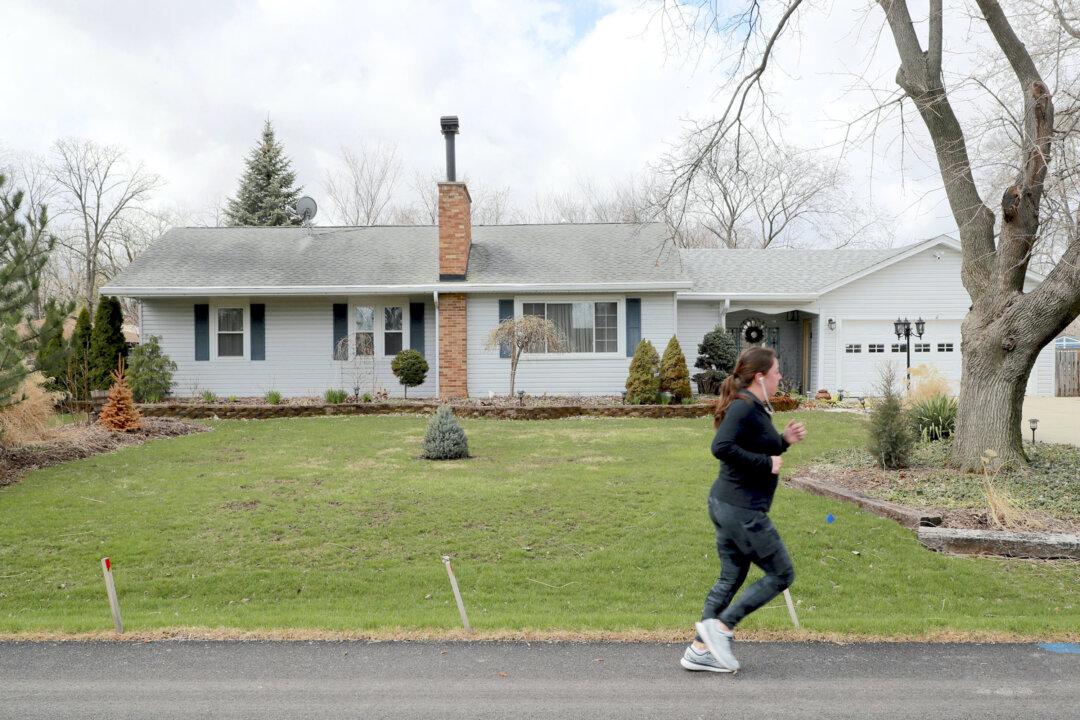BENSENVILLE, Ill. -- A lot of people remember their childhoods through photo albums or a cherished toy. Penny Parrish’s keepsake is rather more substantial — and that has become a problem.
A few years after her family moved into the Bensenville ranch-style house her father and a friend built with their own hands, her dad made a replica of the home as a dollhouse for Parrish and her younger sister.
It was scrupulously faithful to the real thing — he carved the chimney brick by brick and added imitation shrubbery on the artificial lawn — and it was massive, covering most of an 4-by-8 foot sheet of plywood.
Parrish long ago moved away from Bensenville, but for decades she has kept the dollhouse as a memento of those happy midcentury days.
“I couldn’t take the big house with me, but I could always take the little one to remind me of our time in Bensenville,” she said.
But now she is 75, and she wonders what will become of the dollhouse that occupies a room in her Fredericksburg, Virginia, home. She has no children to whom she can leave it, her sister doesn’t have room for it, and though she believes it should be preserved as a piece of postwar suburban history, she’s found no takers among Illinois historical societies.
Such is the limbo that often awaits “granddaddy houses,” as Lori Kagan-Moore of the Great American Dollhouse Museum calls them. These dollhouses, built by family members, tend to lack the artistry or meticulous detail that would make them collectible, she said, though she gets donation inquires almost every week.






